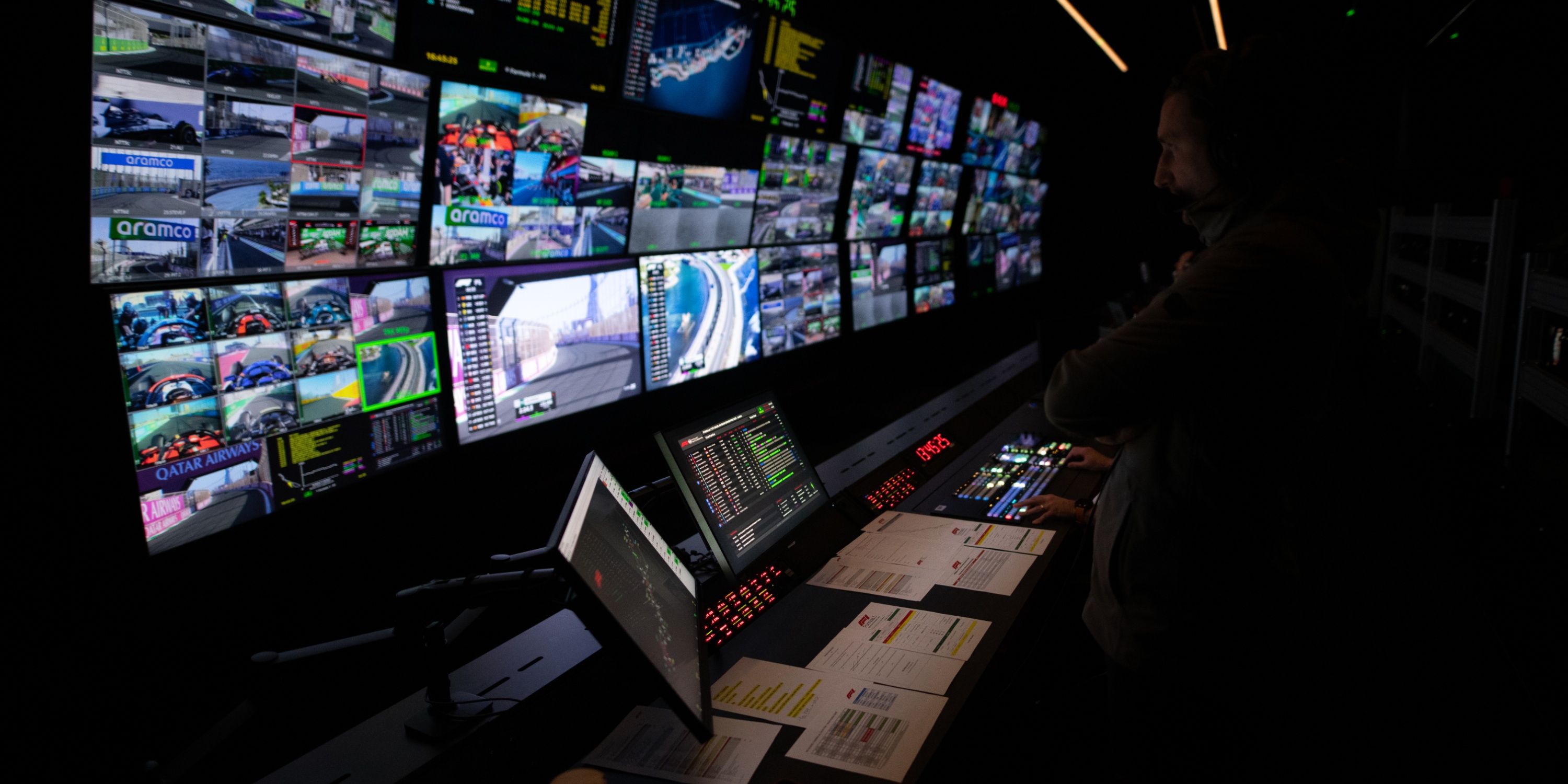F1 is back this weekend as the Dutch Grand Prix kicks off the second half of the season following the summer break.
The campaign so far has been largely all about one driver; Max Verstappen.
To the delight of the thousands of Dutch fans set to descend on Zandvoort this weekend, the Red Bull man has been hugely dominant, with him well on course to secure a third straight world title in the coming rounds of the 2023 world championship.
Indeed, F1 will start clocking up serious airmiles once more as he bids to do so, with venues like Singapore, Japan, Austin and Mexico City all on the agenda in the coming months.
And, for those watching on TV, the live pictures showing him likely achieve that, alongside all of the other subplots from this season unfolding, will all be put together at F1's new Media and Technology Centre, which GIVEMESPORT was lucky enough to get a behind the scenes look around.
As soon as the chequered flag dropped in Abu Dhabi last year at the end of the 2022 campaign, work began in earnest in Biggin Hill, as the sport began to overhaul its broadcast centre, with work finishing just in time for pre-season testing in Bahrain earlier this year.
The building is hugely impressive, with a studio for F1 TV broadcasts, as well as all the bells and whistles you'd expect from a site dedicated to a fully operational television station.
Indeed, it's easy to forget that F1 is first and foremost a sport, given the sheer magnitude of work that has gone into putting together state of the art galleries, audio suites, editing booths and far more besides, whilst also allowing the sport to make a bigger step towards achieving its sustainability goals with more work being now produced on-site, rather than trackside.
To give some further detail on the site, M&TC director Roberto Dalla said:
“We have around 400 people here, most of them are employees, some of them are contractors.
“We have people from 29 nationalities working with us in the Media and Technology Centre. Around 50% are engineers, 117, and there are 50 editors and 48 producers. We have 68 people who take care of all our operations all around the world.”
Some impressive stats for sure, and that's just the tip of the iceberg - check this out when it comes to producing a live broadcast:
- 300 people with 170 at the track and 130 back at base
- 36 miles of fibre cabling
- 38 antennas
- 750 pieces of equipment
- 12 nodes
- 28 ultra HD cameras
- 147 microphones
Some of the highlights of the tour included, of course, the massive TV gallery where the pictures we see when watching races are all brought together, and also the technology room which contained software that allowed for virtual advertising at the track, which could be changed and tailored to suit the location of the viewer watching on screen.
Perhaps the most interesting room, though, was the one for team radio. It was here we saw the process behind bringing driver and engineer conversations to life and to millions of living rooms.
There's one person listening to all 20 drivers speaking at once over the course of the race, looking to pick out anything interesting and to use it to help bring the story of the grand prix to life, whilst there's another subtitling any clips that need it - to the speed of 130 words a minute.
Indeed, in bringing the world's fastest sport to our screens, speed is naturally of the essence and that is abundantly clear at the M&TC, with it clearly set to take F1's broadcasting capabilities to a new level.




